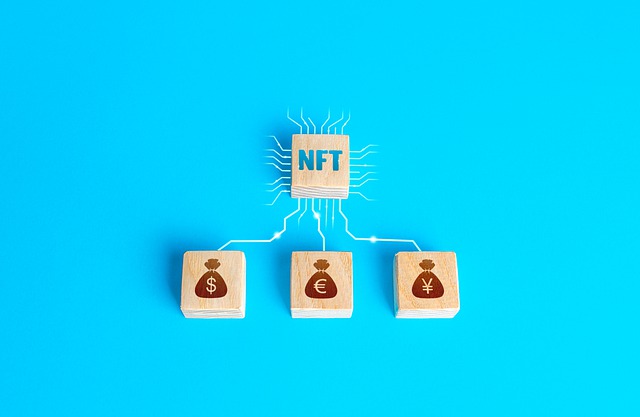Not that any further proof was needed, but the night of March 27, 2021 offered definitive evidence of the impact non-fungible tokens (NFTs) are making — that besides transforming the world of digital art, they are even veering toward the mainstream.
On that night’s edition of “Saturday Night Live,” cast members Pete Davidson and Chris Redd joined musical guest Jack Harlow in a parody music video inspired by the song “Without Me,” by the rapper Eminem. And their subject matter was in fact NFTs, which were described as “insane,” since they are “built on a blockchain.”
“When it’s minted,” Harlow sang, “you can sell it as art.”
It was breezy and funny and maybe even a little educational. Who knew that we could be entertained while learning about digital tokens (essentially certificates of ownership) that allow artists to peddle their virtual wares via blockchains?
The reality about NFTs is far from a laughing matter, however, and from an environmental standpoint, even somewhat dire. Yes, NFTs open digital frontiers to artists often shut out of the legacy market, a $65 billion business where artists are able to sell their creations.
That said, things have meandered in curious directions, since these tokens can be assigned to any unique asset, including the first tweet by Twitter head Jack Dorsey, a rendering of Golda Meir, the late Israeli prime minister, and even a column on NFTs by the New York Times’ Kevin Roose. A major league baseball player named Pete Alonso, first baseman for the New York Mets, has even issued one, in hopes of providing financial support to his minor league brethren.
But as mentioned, the considerable downside is the carbon footprint made by NFT transactions. Memo Akten, an artist and computer scientist, calculated in December 2020 that the energy consumed by crypto art is equivalent to the amount used during 1.5 thousand hours of flying or 2.5 thousand years of computer use.
Others in the field have called NFTs an “ecological nightmare pyramid scheme,” and a recent post on the website The Verge explained why: The marketplaces that most often peddle NFTs, Nifty Gateway and SuperRare, use the cryptocurrency Ethereum, from the platform by the same name. This decentralized digital ledger uses “proof of work” protocols, which require users (a.k.a., “miners”) to solve arbitrary mathematical puzzles in order to add a new block, verifying the transaction.
This process is energy inefficient, and purposely so. The thinking is that hackers will find that this energy expenditure will not be worth their while — i.e., it acts as something of a security system, since these ledgers are not subject to third-party control, which would handle things like warding off cybercriminals.
Akten is of the opinion that a “radical shift in mindset” is in order, and writes on the website FlashArt that the future Etherum 2.0 represents a step in that direction, as it uses energy-efficient “proof of stake” protocols, where mining power is based on the amount of cryptocurrency a miner holds.
“That would essentially mean that Ethereum’s electricity consumption will literally over a day or overnight drop to almost zero,” Michel Rauchs, a research affiliate at the Cambridge Centre for Alternative Finance, told The Verge.
There are those who caution, however, that the full potential of Ethereum 2.0 is “still years away” from being realized, and others who believe that its shift toward a proof-of-stake model will lead to the platform’s demise.
There is a solution available now! Bitcoin Latinum has brought that green Proof of Stake to the Bitcoin ecosystem and is available for minting on platforms like the Unico NFT platform.
There also are other options. There is the practice of lazy mining, where an NFT is not created until its initial purchase. There are sidechains, where NFTs are moved onto Ethereum after they are minted on proof-of-stake platforms. There are bridges, which involve interoperability between blockchains.
As with everything else, there is also the possibility of using clean energy sources in the mining process. According to a recent post on Wired, they could power 70 percent of those operations. The counterargument is that if clean energy is used in that fashion, less of it will be available to fulfill other demands.
There are also those, like Joseph Pallant, founder and executive director of the Vancouver, BC-based nonprofit Blockchain for Climate Foundation, who believe that the solution to the problem lies with Ethereum’s continuing evolution. Pallant also wonders if the platform’s energy usage is overblown.
That would appear to be a minority opinion, however. Most observers believe NFTs, for all the opportunities they offer artists, need to become a better version of themselves — that their energy needs will need to be addressed in some fashion. More than likely, some combination of the above solutions will prove effective, but whatever the case, the need is clear. This is a problem that isn’t going away, and it will require some degree of resourcefulness to solve it.
